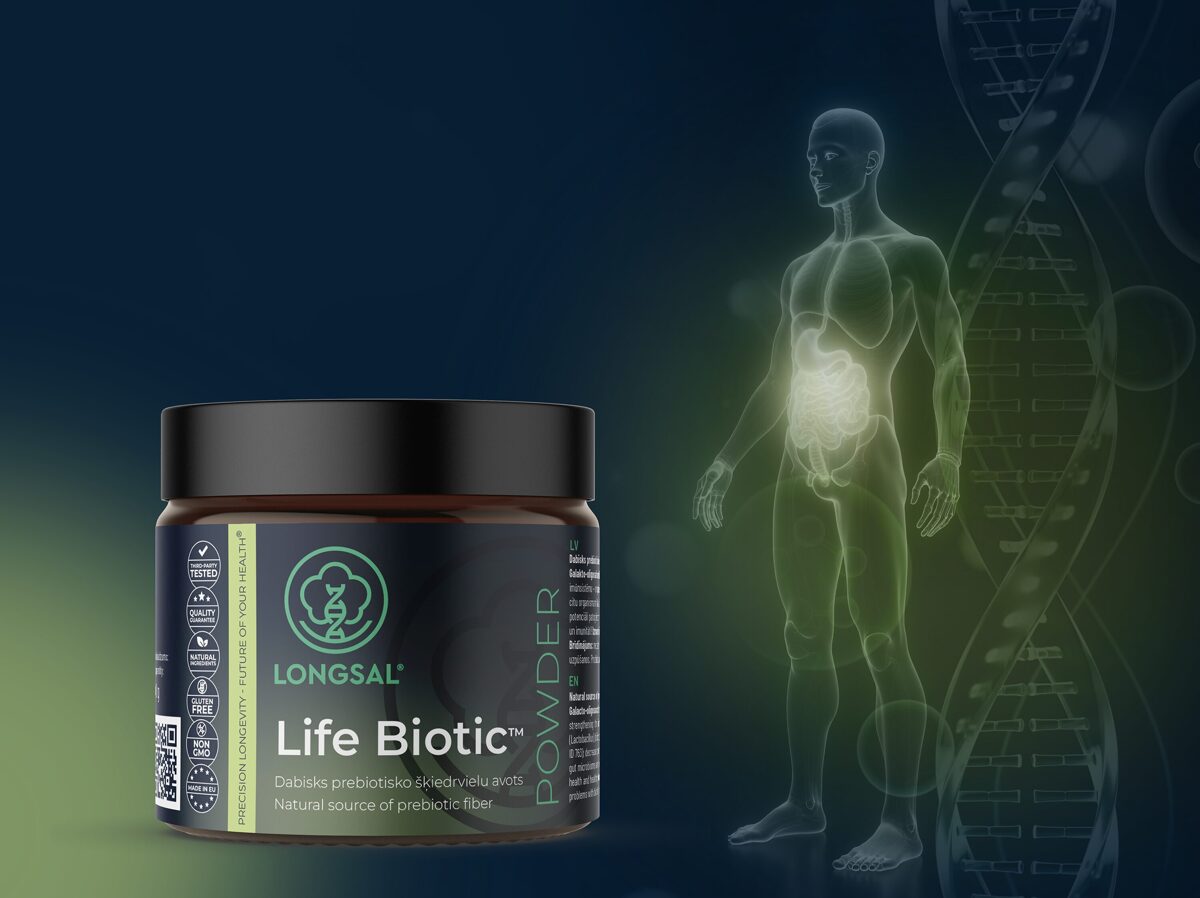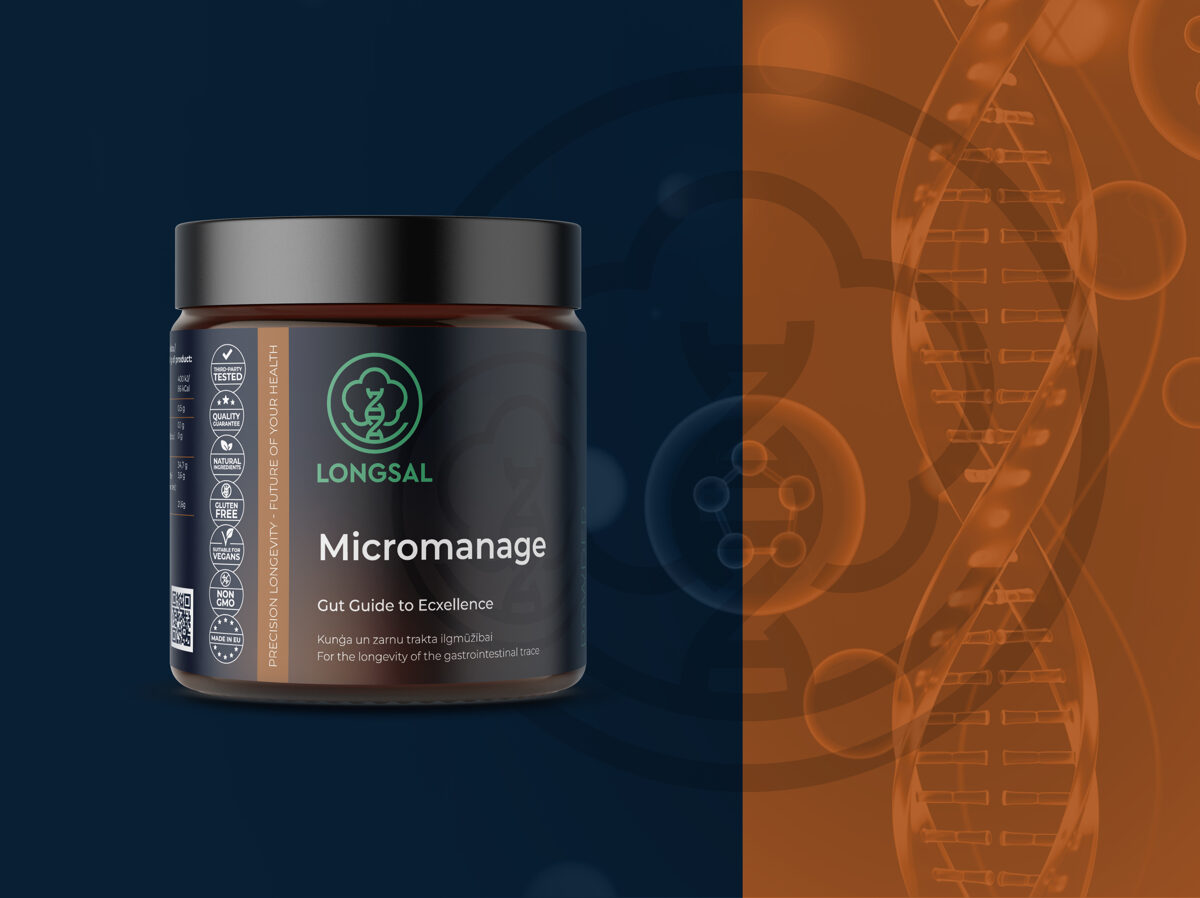What Lives in Your Gut and Why It Matters
Ever wonder why some people can eat anything without discomfort, while others feel bloated after a simple salad? The answer often lies in your gut microbiome — a vast community of trillions of microorganisms (bacteria, viruses, fungi, and protozoa) living mainly in your colon.
Think of your gut as a bustling metropolis — but instead of people, it's teeming with trillions of microscopic life forms. Like a fingerprint, each person’s microbiome is uniquely and far from just sitting there, your microbiome plays a vital role in your digestion, immunity, mood, even muscle recovery and overall health and wellbeing.
Meet Your Microbial Team
Think of your gut like a city — bacteria are the workers, viruses the traffic, fungi the street cleaners, and protozoa the inspectors:
- Firmicutes – Fiber fermenters and energy extractors, including Lactobacillus and Clostridium
- Bacteroidetes – Masters of breaking down complex carbs/fibers (Bacteroides)
- Actinobacteria – Home to Bifidobacterium, vital for gut barrier health
- Proteobacteria – Includes Escherichia coli and others that can be helpful — or harmful
- Viruses & fungi – Regulate and balance the system
👉 Each type has a job and together they keep your gut running like a well-oiled machine
What Your Microbiome Actually Does
Your microbiome helps you digest, protect and perform. It turns fiber into fuel, guards against invaders, produces vital vitamins and even talks to your brain and muscles.
Your microbiome isn't just hanging out — it's busy doing vital work:
- Breaks down fiber into short-chain fatty acids (SCFAs) for energy
- Synthesizes vitamins like B12 and K
- Regulates your immune system and inflammation
- Protects against harmful pathogens
- Talks to your brain via the gut-brain axis, affecting your mood and cognition
- Supports muscle recovery via the gut-muscle axis
👉 In short: a healthy gut = a healthier, more resilient you
What Shapes Your Microbiome
Your gut is shaped by more than food — it remembers everything from your birth to your last vacation.
Key influences include:
- Diet – A fiber-rich, diverse menu feeds good bacteria
- Antibiotics – Life-saving but disruptive to microbial balance
- Stress & Sleep – High cortisol, poor sleep = unhappy gut
- Physical Activity – Movement feeds diversity
- Birth method, age & breastfeeding – Early life shapes long-term health
- Environment – Contact with nature and animals builds microbial resilience
👉 It’s like a garden — what you feed it and how you treat it determines what grows
How to Keep Your Gut Happy

Do:
- Eat plenty of fiber-rich
foods (veggies, fruits, legumes, whole grains)
- Include fermented foods like yogurt, kefir, kimchi, and sauerkraut
- Drink water to support digestion
- Move your body regularly
- Sleep 7–9 hours to sync your microbial rhythms
Avoid:
- Excess processed foods and added sugars
- Artificial sweeteners (sucralose, aspartame, saccharin)
- Late-night eating (disrupts gut metabolism)
Fascinating Gut Facts
- Your body has 10 times more microbial cells than human cells
- The gut microbiome weighs about 1.5–2 kg
- It plays a vital role in both physical and mental health
- Your gut bacteria can influence your body weight
- Children raised in ultra-clean environments often have less diverse microbiomes, potentially increasing the risk of allergies and autoimmune diseases
👉 Too much childhood hygiene = fewer microbes = higher allergy risk
Symptoms Reflecting Microbiome Imbalance
Many common symptoms can be traced back to dysbiosis (microbial imbalance):
- Bloating – Often linked to excess fermenting bacteria like Clostridium
- Constipation or diarrhea – Reflects shifts in key species like Bacteroides or Bifidobacterium
- Fatigue and mood swings – The gut-brain axis at work
- Frequent illness – May signal low microbial diversity
- Skin issues – Possibly linked to a “leaky gut” and inflammation
If this sounds familiar, your gut might be asking for support.
👉 Always tired and moody -> Your gut-brain axis might be out of sync
Gut Health and Lifestyle: A Two-Way Street
Think of food and movement as messages to your microbiome:
- Fiber feeds friendly bacteria, helping produce butyrate, a SCFA that improves insulin sensitivity
- Fermented foods introduce new probiotics
- Polyphenols (berries, dark chocolate, green tea, red wine in moderation) help maintain balance
- Prebiotics (like inulin) fuel your existing gut flora
- Water & sleep support overall gut motility and regeneration
- Exercise enhances microbial diversity and gut integrity
👉 Sleep and exercise sync your gut with your body
Support Your Gut, Naturally: The LONGSAL Approach
Once you understand how crucial your gut microbiome is to your health, the next question becomes:
How do I actually support it in a consistent, effective way?
That’s where LONGSAL’s microbiome-supporting formulas come in — rooted in science, powered by nature, and designed for real-world results.
Life Biotic
Feed the good - Crowd out the bad
Life Biotic is a concentrated prebiotic supplement based on galacto-oligosaccharides (GOS) — fibers your gut bacteria love but your body doesn’t digest. That means they travel untouched to your colon, where beneficial microbes like Bifidobacterium and Lactobacillus happily ferment them.

The result
Increased production of short-chain fatty acids (like acetate), better gut barrier integrity, and a hostile environment for harmful bacteria like Clostridium difficile and E. coli.
👉If your microbiome needs a reboot, Life Biotic is the signal to start - great also for recovery after antibiotics, travel or sluggish digestion
Micromanage
Your daily defense against bloating, constipation and inflammation
Micromanage is more than just fiber — it’s a curated blend of microbiome-friendly ingredients that feed anti-inflammatory bacteria and support digestive comfort from day one.
This formula is especially effective at nourishing Faecalibacterium prausnitzii and Akkermansia muciniphila, two bacteria linked to gut lining health, immune strength and metabolic balance.

Inside each scoop, you’ll find:
- Jerusalem artichoke extract, a natural source of inulin that gently stimulates gut motility, movement and fermentation
- Cranberry polyphenols, which help modulate inflammation and support microbial balance
- Prebiotic fibers like polydextrose and GOS that encourage the production of SCFAs
- Beta-glucans, known to support immunity, blood sugar, and cholesterol
The result
Fewer digestive issues. Better energy. And a more resilient gut ecosystem.
👉 Perfect if you're dealing with sluggish digestion, discomfort, or inflammation.
Enhance Your Routine with Synergistic Nutrients
To get the most from Life Biotic and Micromanage, combine them with:
- Probiotics (B. longum, L. plantarum) to help establish lasting microbial balance
- Vitamin D (1,000–2,000 IU/day), which supports immunity and microbial diversity
- Omega-3 fatty acids (1,000 mg/day) to calm gut inflammation
- Digestive enzymes, especially in the early days of increased fiber intake
How to Get Started Safely
- Start low and slow to avoid bloating — your microbiome needs time to adapt
- Hydrate generously to keep things moving
- Be consistent — daily use is key to lasting results
- If you have IBD or SIBO, speak to a practitioner before ramping up
Ready to Take Control of Your Gut Health?
Whether you're battling bloating, looking to improve digestion or simply want to boost your long-term health - Life Biotic and Micromanage give your microbiome what it needs to thrive.
👉 Discover your best gut yet — with science-backed, gut-nourishing support from LONGSAL.
Ready to dive deeper into the world of wellness and longevity?
Stay tuned for more insights in our upcoming blogs!
FBIG
Marathon: A Journey of Endurance, Preparation, and Peak Performance
Fasting: Where It Began, Why It Works, and How to Do It Right
In an era where wellness trends come and go, ancient practices like fasting continue to hold significance. Fasting, a tradition rooted in discipline and reflection, offers not only spiritual benefits but also a scientifically backed approach to health and longevity.
Cold Plunges Made Better: How Lifefile® Enhances Performance and Speeds Recovery
The Power of Cold Plunges – A Quick Recap
In one of our previous blogs, we explored the fascinating world of cold plunges—an age-old practice that has found its way back into modern wellness routines. Cold plunges, or immersing the body in icy water for a short period, are renowned for triggering a cascade of health benefits. From boosting circulation and reducing inflammation to enhancing mood and mental clarity, cold plunges push the body into a state of controlled stress, encouraging resilience and recovery.
Brown Fat: Good or Bad?
What is Brown Fat?
Brown adipose tissue (BAT), commonly known as brown fat, is a unique type of body fat that plays a crucial role in heat generation and energy metabolism. Unlike white fat (white adipose tissue – WAT), which stores energy, brown fat is specialized in burning calories to produce heat. This function makes it a fascinating target for research on weight management, metabolic health, and cold adaptation.
Cold Plunges: An In-Depth Look at the Chilling Trend
What Are Cold Plunges?
Cold plunges, also known as cold water immersion or ice baths, are an age-old practice that has regained popularity in recent years as part of wellness routines and recovery protocols. This activity involves immersing the body in cold water, typically maintained at temperatures between 1°C and 15°C, for short durations ranging from a few seconds to several minutes. The practice is rooted in traditions from Nordic countries, ancient Rome, and various Eastern cultures, where cold water exposure was used for its invigorating and therapeutic properties. Whether performed in purpose-built plunge pools, natural cold lakes, or even a bathtub filled with ice, the objective is to expose the body to controlled cold stress, promoting physical and mental benefits.
Understanding Aging: Why Do We Age
Aging is a gradual and inevitable biological journey—a dynamic, time-dependent process characterized by the progressive accumulation of cellular and molecular damage. This ongoing wear and tear manifests as a decline in the function of tissues and cells, accompanied by a significant rise in the risk of numerous age-related diseases. These include neurodegenerative disorders like Alzheimer’s, cardiovascular diseases, metabolic conditions such as diabetes, musculoskeletal problems like osteoporosis, and immune system dysfunctions.
While modern medical advancements have greatly improved health and extended life expectancy, the aging of global populations brings a new challenge: chronic diseases are now the leading causes of disability and mortality among the elderly.
